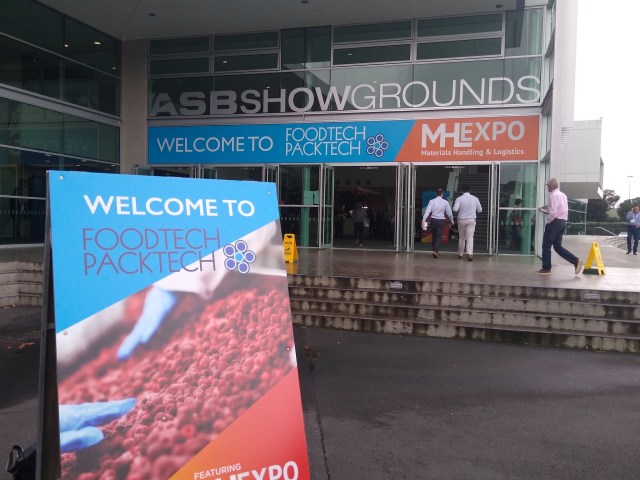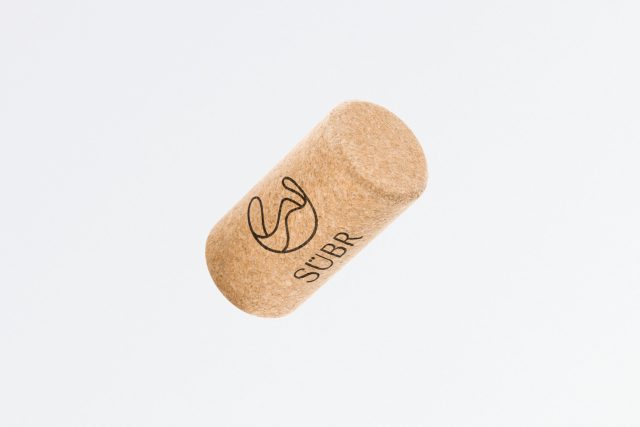
This story was first published in the February 2021 issue of ProPack.pro.
With the global market now changed, and adapting or pivoting its way through the global pandemic, some of the patterns from 2020 and before can still be used as a guide to predict what the next 12 months may bring.
That’s what the team at Wine Intelligence have done, and have laid out its predictions for the wine industry in 2021.
Wine Intelligence’s 2020 study of wine packaging formats in the Australian market showed a noticeable increase in awareness of alternative packaging types amongst Australian wine consumers.
However, this increased awareness did not necessarily translate into increased purchase levels. In the case of wine in cans, awareness grew significantly over the past three years, yet the conversion to purchase rate amongst those aware of wine in cans has declined over the same period, meaning that growing awareness is not currently translating across to purchase at the same rate.
Wine Intelligence chief operating officer Richard Halstead said alternative packaging formats will also make serious inroads into the traditional glass bottle market.
“The glass bottle’s primacy in the wine world is not under threat – for the moment. However, around the edges of its dominance, alternative packaging formats are flourishing to cater to new needs, and there is a growing chorus of concern about the amount of carbon emitted to produce a glass bottle and ship it to market,” he said.
“2020 was an unexpectedly good year for the bag-in-box format, as bulk purchase lent itself particularly well to the zeitgeist of pantry-filling and at-home drinking.
“Paradoxically, it was also a good year for wine in cans, which, in an ad-hoc 2020 where social plans could materialise and evaporate at a moment’s notice, offered the three Ps: portability, portion control and preservation. In 2021, the momentum in the bag-in-box and can markets will continue, with a spate of new product launches to deliver higher quality as well as more functional products.”
In the report, Wine Intelligence also outlined that trade experts have predicted that there are opportunities for smaller formats to support increasing moves to alcohol moderation and consumer demand for single serve to increase choice of products.
In addition, it found that casks continue to perform well in the Australian market, with a significant increase in awareness of smaller casks since 2017. However, casks of all size remain primarily associated with value for money and lower quality wine – a legacy they are yet to move away from.
The main barrier to purchasing alternative packaging formats was the long-standing and habitual preference for standard glass bottles, with these being more dominant in Australia than other comparable established markets.
Wine Intelligence said smaller format bottles continue to be seen as delivering comparatively poor value for money, whilst magnums are seen as less practical and portable.
Wine Intelligence A/NZ country manager Ben Luker said the alternative packaging formats in A/NZ are magnums, half bottles, single serves, wine-in-a-can, large casks (4L or 5L) and small casks (2L or 3L).
“Glass is still by far the most visible, popular and positively seen format in the market. However, alternative packaging formats are making progress in awareness and purchase rates by capitalising on sustainability and convenience purchase drivers,” he said.
“We also saw awareness rates of smaller casks rise from 2017. We still see a strong association with casks and poor quality wine, yet there are some players in the industry that are trying to shift these perceptions.”
In terms of which types of consumers are leading the opportunity for alternative formats for wine in Australia, awareness of these options is significantly higher amongst older ‘Boomer’ consumers. As for wine in cans, countering the typical view of trade experts, awareness of wine in cans is actually significantly higher amongst 40-55 year olds rather than amongst younger Gen Z and Millennials consumers.
However, despite having generally lower awareness of alternative wine packaging formats, purchase of these formats is higher amongst younger drinkers, once they become aware of the options available.
“We believe that there will be further investment in alternative packaging across the industry as producers try to generate new customers from different sources. If quality producers continue to explore these options, this will help legitimise many of these new formats,” Luker added.


